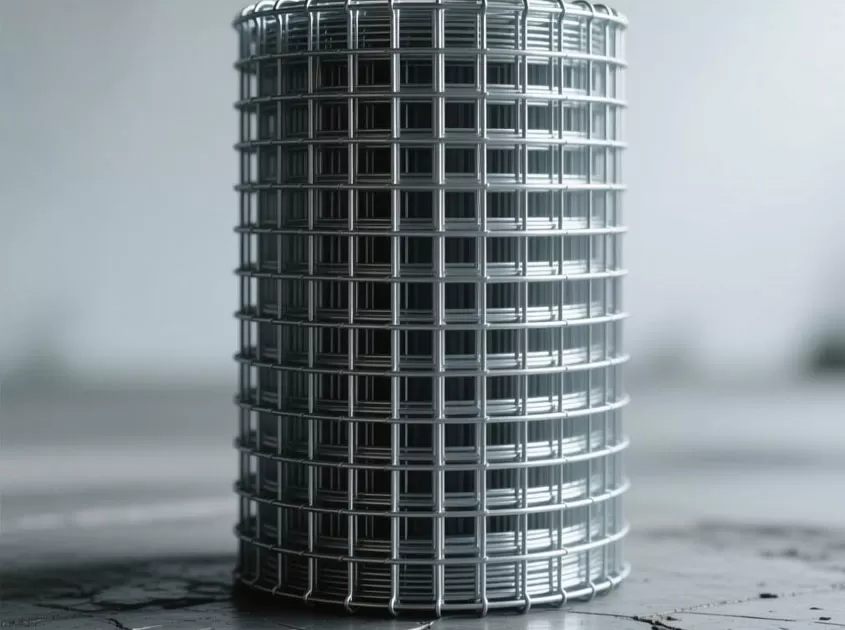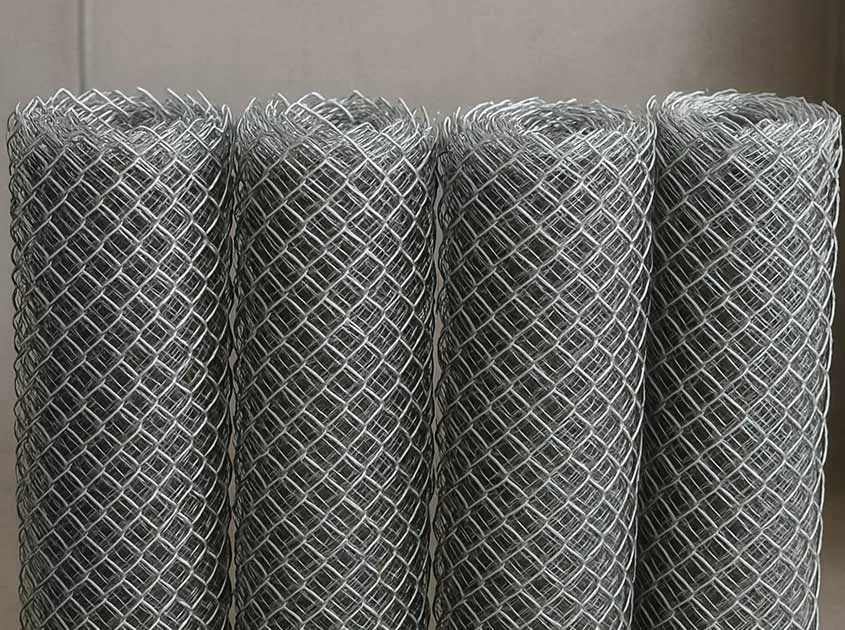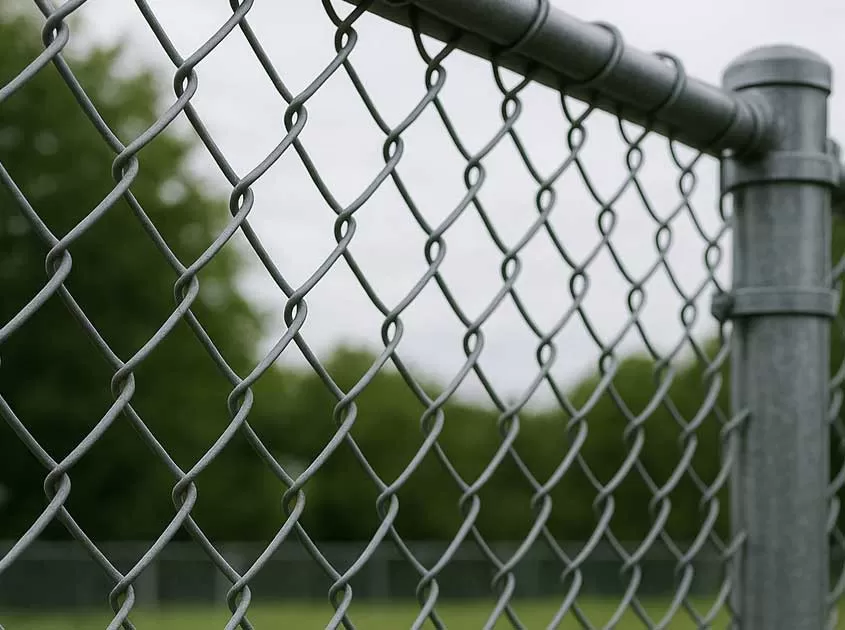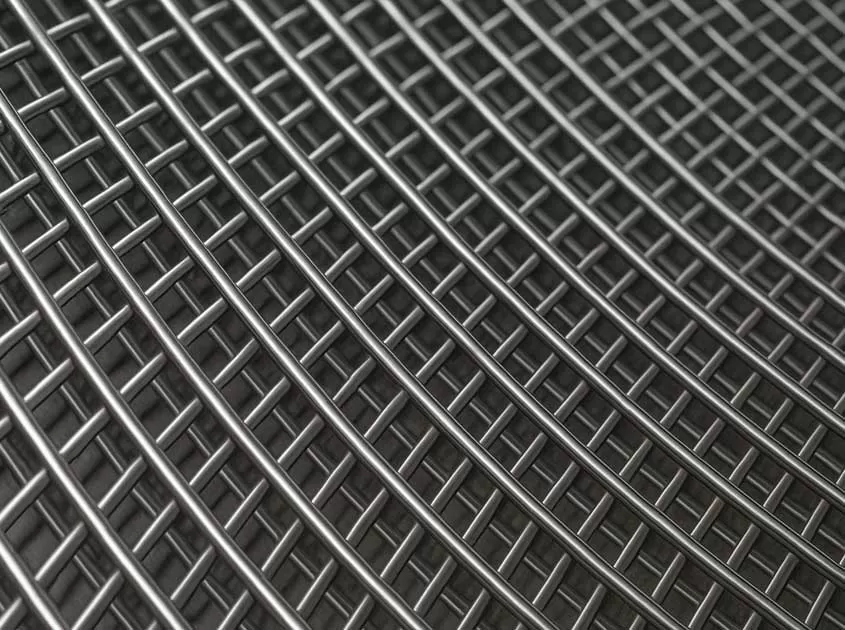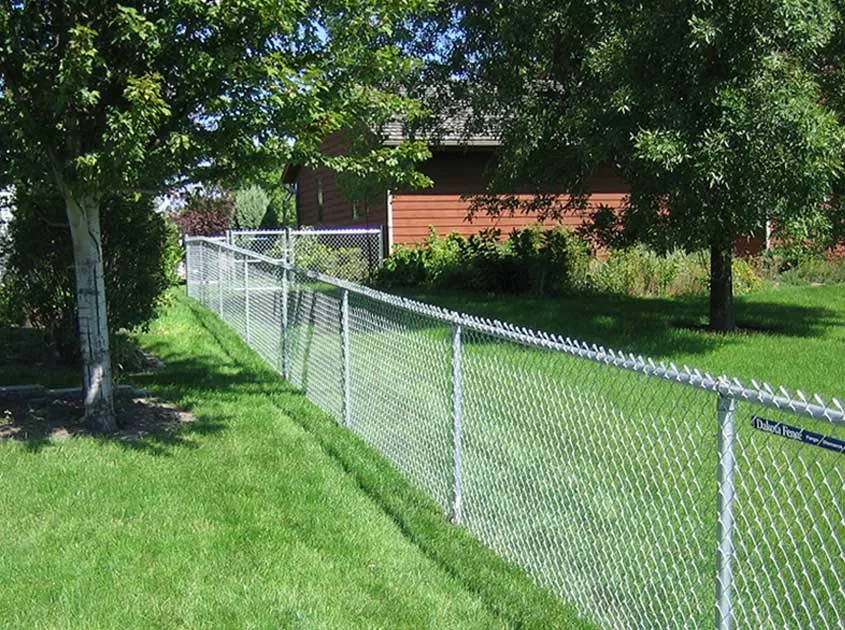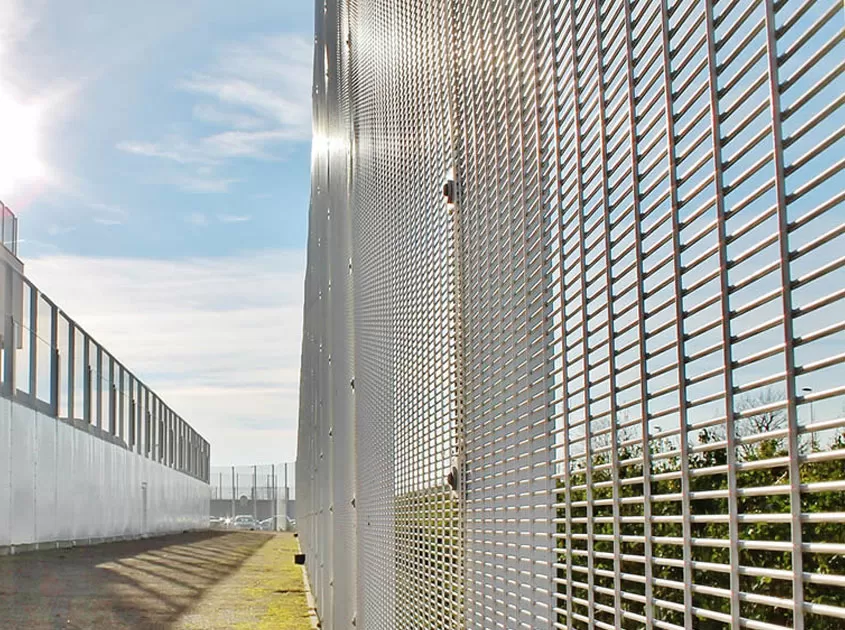How does the cost of chicken wire mesh compare to other fencing materials
Introduction:
In this article, we will explore how the cost of chicken wire mesh compares to other fencing materials.when considering fencing options, cost is a crucial factor that influences decision-making.By examining the factors that affect pricing, the advantages and disadvantages of chicken wire mesh, and its cost competitiveness with alternative fencing materials, we can gain a comprehensive understanding of its affordability in various applications.
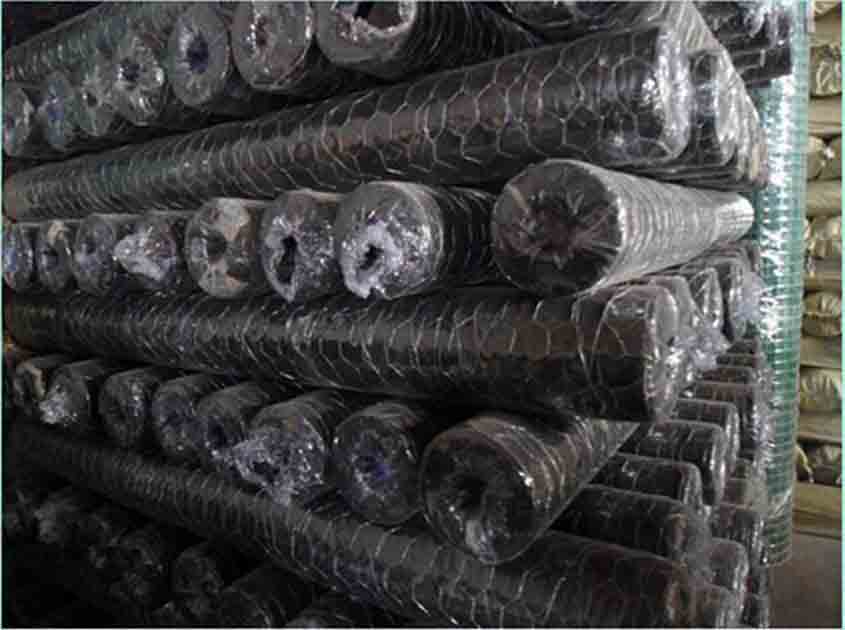
Factors Affecting Pricing:
The cost of fencing materials can vary based on several factors, including the type of material, quality, durability, installation requirements, and market availability. Additionally, regional factors such as transportation costs and local supply and demand dynamics can impact pricing.
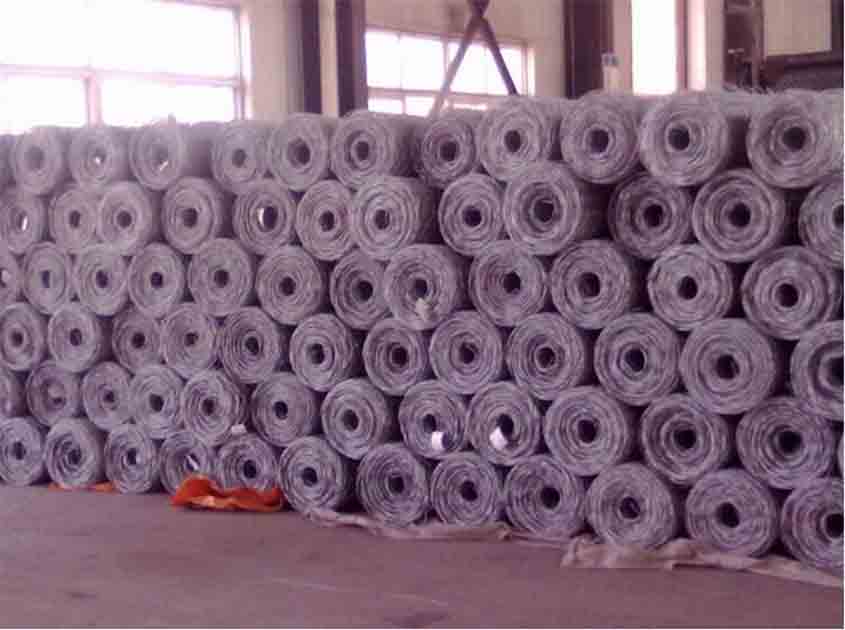
Advantages and Disadvantages of Chicken Wire Mesh:
Before comparing costs, it is important to consider the advantages and disadvantages of chicken wire mesh as a fencing material.
Advantages:
Affordability: Chicken wire mesh is generally considered a cost-effective option, especially for large-scale fencing projects.
Versatility: Chicken wire mesh is flexible and adaptable, making it suitable for various applications such as animal enclosures, gardening, and temporary fencing.
Lightweight: Due to its lightweight nature, chicken wire mesh is relatively easy to handle, transport, and install.
Visibility: The open design of chicken wire mesh provides clear visibility, allowing for unobstructed views of the surroundings.
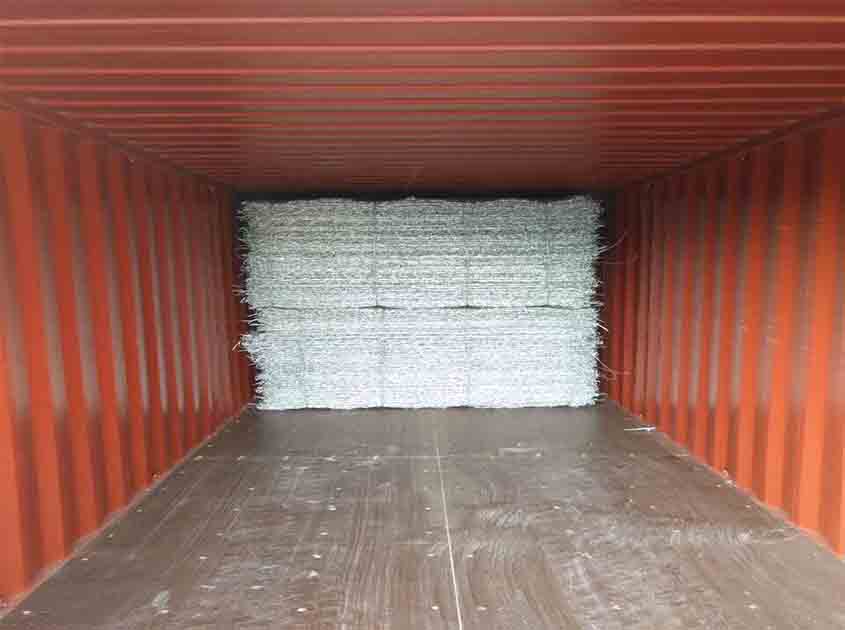
Disadvantages:
Limited Security: Chicken wire mesh offers minimal security compared to solid or heavy-duty fencing materials. It may not deter determined intruders.
Durability: While galvanized or stainless steel options offer improved durability, chicken wire mesh may be susceptible to rust and corrosion over time.
Limited Privacy: The open structure of chicken wire mesh provides little to no privacy as it does not obstruct views.
-
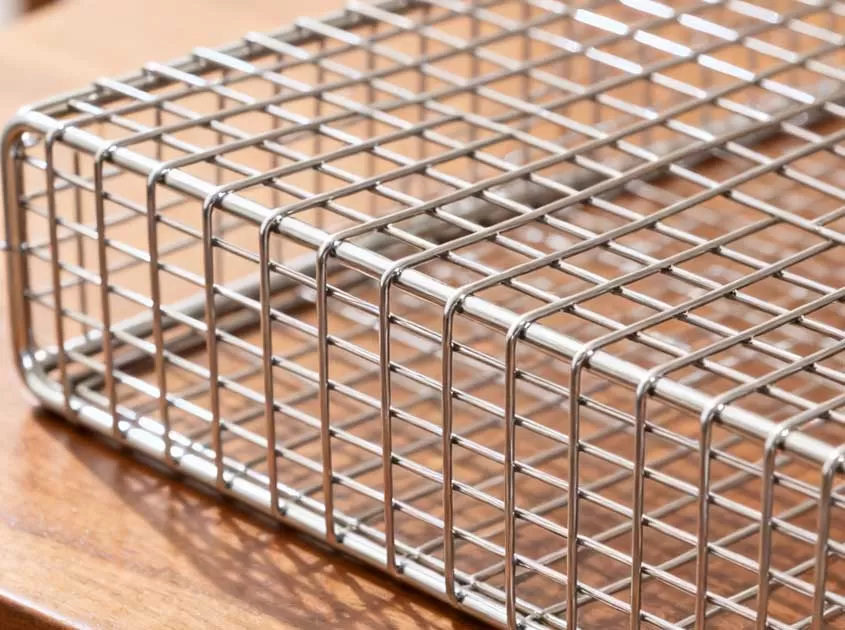 Corrosion-Resistant Stainless Steel Wire Mesh Oct 28, 2025
Corrosion-Resistant Stainless Steel Wire Mesh Oct 28, 2025

- Tel.: +86 311 83077076
- E-mail: sales@qunkunmetal.com
- Skype: qunkunsales01
- WhatsApp: 8618032412189
- Add.: No.69 The Filter Industrial Part of Anping, Hebei, China






